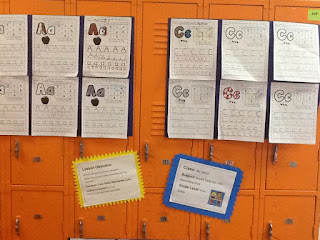SIPPS (Systematic Instruction in Phonological Awareness, Phonics and Sight Words) is a program for developing and struggling readers from kindergarten through grade twelve. SIPPS is a systematic decoding program that helps readers achieve independent, fluent reading through the development of accuracy, automaticity, and prosody so that they can make meaning of increasingly complex texts.
SIPPS supports foundational skill development at Tier 1 for grades K-2 and also as an intervention at Tier 2 or 3 for grades three through twelve.

Assessment
The SIPPS placement assessment determines where each student will be placed within the instructional sequence. The pace of instruction can be adjusted depending on the needs of the group.
SIPPS ongoing progress monitoring is specifically included in the lesson sequence. Periodic mastery tests (every 5-10 lessons) allow teachers to quickly and easily monitor student progress. Teachers should maintain data of how well their students perform on these mastery assessments.
SIPPS Levels
SIPPS is divided into four levels:
1. Beginning- Addresses the simple alphabetic stage of reading: instruction for blending and segmenting to develop phonological awareness; consonants, consonant digraphs, and short vowels for phonics; high-frequency sight words; and fluency practice using controlled-vocabulary text in the form of small books (Grades K-3).
2. Extension- Addresses the spelling-pattern stage: instruction in segmentation and manipulation to develop phonological awareness; blends, finale e, complex vowels, inflectional endings, y at the end of words, and two sounds for c for phonics; high-frequency irregular sight words; beginning instruction in decoding two-syllable words; fluency practice using controlled-vocabulary text provided with the program and then in easy-to-read trade books (Grades K-3).
3. Challenge- Addresses the polysyllabic/morphemic stage of reading development: instructional support for recognizing and reading syllabic patterns and morphological units (prefixes, suffixes, roots) (Grades 2-12).
4. Plus- Addresses students who are in grades 4-12 and are in the simple alphabetic and spelling-patter stages of reading development. Plus provides a more appropriate and accelerated scope and sequence for older students. The book Dreams on Wheels provides corresponding high-interest reading material.
To learn more about individual levels of SIPPS, review PowerPoint presentations, and see sample videos, click here.
For supporting materials and PDFs for each level including lesson materials, assessments, stories and other reproducible materials, click here.

SIPPS Online Access
SIPPS materials are available for access (including manuals, card decks, etc.) via the CCC Learning Hub. All staff members may sign up for an account to access the materials
Access the Learning Hub at this link: https://ccclearninghub.org/user/#/login?returnUrl=https:%2F%2Fccclearninghub.org%2F%23%2F
Did you read this entire blog post? Be the first to e-mail Mr. Archer (Tyler.Archer@slps.org) and receive a donut party for your SIPPS group during the week of September 28th!




















